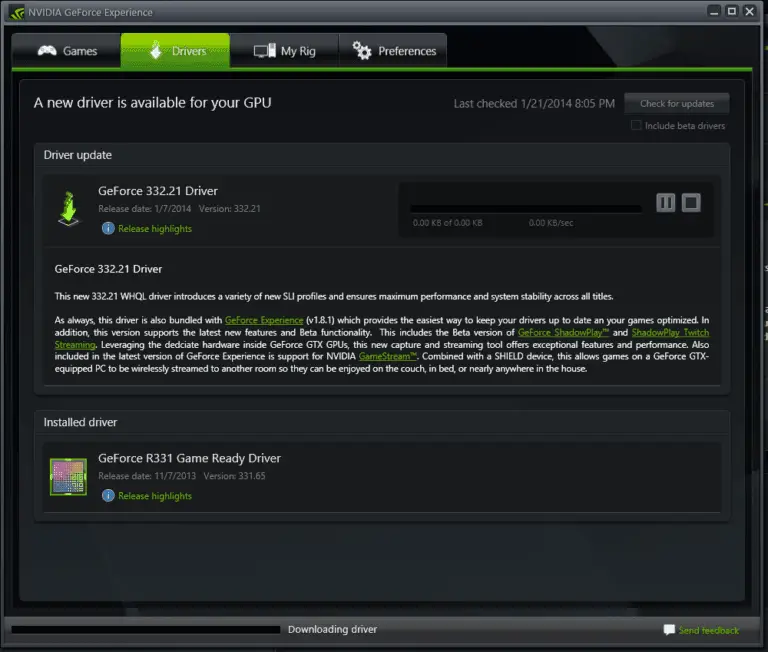

The best and most efficient implementation is achieved by including specific hardware, a processor module, in the monitor itself that handles the heavy lifting of adjusting the refresh rate on the fly. G-Sync is Nvidia’s proprietary version of VRR. This ensures that even when frame rate changes rapidly, your TV or monitor will always finish displaying one complete frame before drawing in the next. It manages this by dynamically syncing your display’s refresh rate to the frame rate your hardware is producing (assuming it’s at or below the display’s native refresh rate).

Variable refresh rate (VRR) is designed to eliminate tearing at all frame rates without increasing input lag.

Luckily, modern solutions have shored up some of v-sync’s failings. V-sync still also permits some tearing to occur when frame rates jump quickly between rates below a monitor’s refresh rate, like those between 25 and 50fps on a 60Hz monitor. The most notable one is that it can increase input lag, which can be hugely problematic in games that require twitch reactions like first-person shooters and fighting games. However, v-sync comes with some downsides. This ensures that a frame is fully displayed and the refresh cycle is concluded before the next frame is displayed, which effectively eliminates tearing. The most common solution is called v-sync, which effectively caps the frame rate of your games to the refresh rate of your display. These sync problems aren’t a new phenomenon, and neither are the attempts to solve them. It’s an issue that has plagued PC gaming since its inception.

When the frame rate drops suddenly into the gutter, you get stuttering and slowdown. When the frame rate spikes above the refresh rate your monitor can handle, you’re likely to get nasty tearing and artifacting-your monitor is caught trying to display multiple frames at the same time, so you end up with pieces of each frame overlapping each other. In the chasm between those two numbers lies some of the most noisome graphical issues in PC gaming. This can make it difficult to sync the frame rates between the hardware producing the images and the refresh rate of the displays showing those images.


 0 kommentar(er)
0 kommentar(er)
